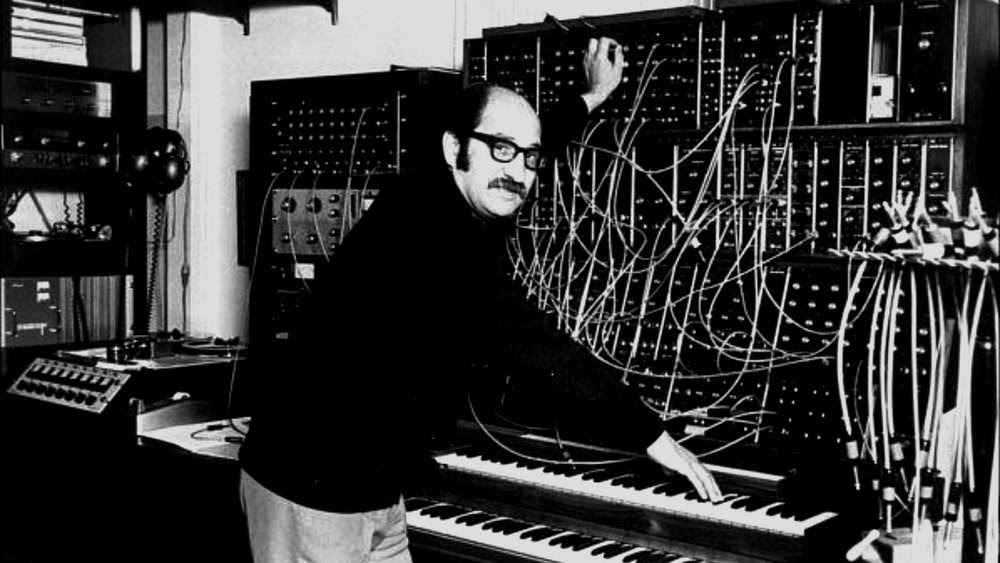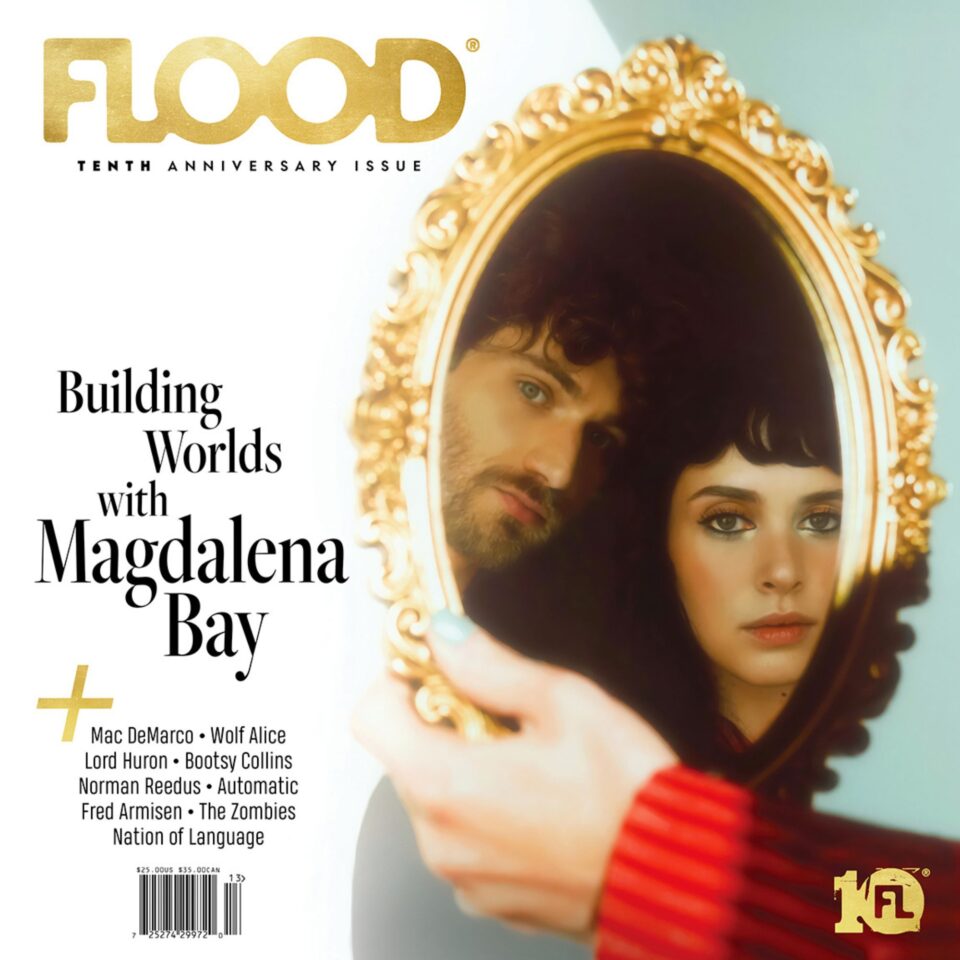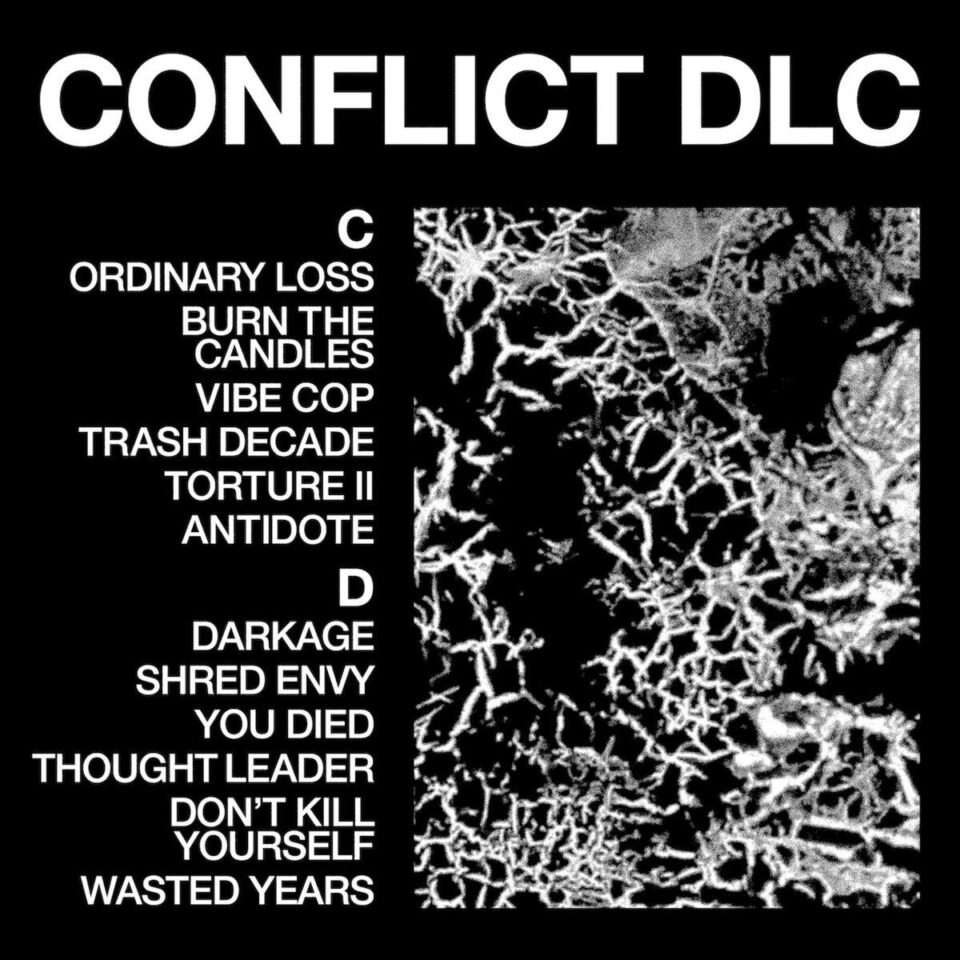Mort Garson used music as a tool to tap into the hidden meanings of life. The Canadian composer, arranger, and synthesizer pioneer has treated his work as decoder tools, mechanisms to excavate deep, ancient secrets and animate our wildest fantasies. He’s perhaps most well known for Mother Earth’s Plantasia, a 1976 album that boasted the enviable subtitle of “warm earth music for plants and the people who love them.” The emphasis being: this is music for plants, but the only way for plants to hear the music is for humans to play these tunes. If Garson had figured out a way to transmit this music directly to his vegetative fellas, he would have circumvented the middle people altogether. If it’s possible for music to take on the dictionary definition of whimsical, Mort Garson’s would be a perfect candidate.
Despite his fascination with all things non-human, this is deeply felt, deeply empathetic music. It’s music with a smile, music for celebrating the joy that music offers. It’s a triumph, a declaration of music at its most optimistic. On Sacred Bones’ latest Garson collection, entitled Journey to the Moon and Beyond, the label compiles different eras of Garson’s work, making clear that among his many musical iterations, his joy of creation is the key unifying component.
There’s a reason why the label’s 2019 reissue of Plantasia spurred an influx of interest in Garson’s work. Though he did have success as a songwriter for pop acts in the 1950s and 1960s, these songs weren’t affiliated with his name. For many listeners, Plantasia was a real introduction. From the opening horns of the title track, Garson introduces a world of playful exploration, and it makes perfect sense that these songs found their way into soundtracks and commercials, podcast intros and rap beats.
Journey to the Moon and Beyond compiles different eras of Garson’s work, making clear that among his many musical iterations, his joy of creation is the key unifying component.
In another era, Garson could have been like Jason Segal’s character in Forgetting Sarah Marshall, churning out ominous tones for crappy television shows—making music that tells the viewer how to feel. Instead, Garson made music for organisms who couldn’t keep him afloat; plants can’t pay for records. As such, the project was only initially available to people who bought a houseplant from a store called Mother Earth on Melrose Avenue in Los Angeles—or, curiously, a Simmons mattress from Sears (“I don't know how the mattress thing came about—no idea,” Sacred Bones founder Caleb Braaten told Dazed in 2019).
Though Garson was introduced to a much wider audience with Sacred Bones’ recent reissue (as well as the 2020 comp Music From Patch Cord Productions), the label’s latest endeavor sheds light on a project much bigger and far more epic in scope than an album that hoped to make plants thrive. In 1969, Garson and his Moog were commissioned to record a soundtrack for the moon landing. Because it was happening live (2001: A Space Odyssey began shooting in 1965, after all), Garson completed the score to an edited version of NASA films from previous space flights in his small Hollywood Hills home studio. The plan was for CBS to cut to the film during coverage of the mission, resulting in Garson’s score being heard by viewers across the country.
“The only sounds that go along with space travel are electronic ones,” he told the LA Times in a 1969 interview, which was reported on by the paper in 2008. “The Apollo film shows different facets of the flight—blastoff, separation of the stages of the rocket, scenes of the moon at close range, of the astronauts playing games in the ship and of earthrise.” As such, he viewed his own personal mission as having, “to carry the film along. It has to echo the sound of the blastoff and even the static you hear on the astronauts’ report from space. People are used to hearing things from outer space, not just seeing them. So I used a big, symphonic sound for the blastoff, some jazzy things for the zero-G game of catch, psychedelic music for a section that uses negatives and diffuse colors on shots taken inside the ship, and a pretty melody for the moon. After all, it’s still a lovely moon.”
That last line captures the essence of Garson’s approach. It’s a philosophy that’s highlighted on Journey to the Moon and Beyond. Whether Garson was traveling to outer space, distant planets, or just your local horticulturist’s house, he treated his work seriously and created it playfully. It’s a delightful combination. He does the research so we can pass the test.
Whether Garson was traveling to outer space, distant planets, or just your local horticulturist’s house, he treated his work seriously and created it playfully.
Other songs featured on the project include the soundtrack to Jack Arnold’s 1974 blaxploitation film Black Eye (starring Fred Williamson) and previously unreleased and newly unearthed music for advertising. There’s also “Zoos of the World,” where Garson soundtracks a 1970 National Geographic special of the same name, and the “Western Dragon” trilogy, which were found on tapes in the archive with no further information.
This is the brilliance of Mort Garson’s work—and Sacred Bones’ handling of it in particular. It exists within certain contexts, but listeners don’t need to buy into these concepts to enjoy the music. Much of it functions like an excellent soundtrack, valuable as a complete work on its own but further enhanced by the visuals it accompanies. It’s a universe of ideas, a buffet of sounds, styles, and theoretical frameworks within which his music exists. Help yourself to all, none, or simply a few favorites. The variety of his work practically guarantees that there’s at least something everyone will like, and for devotees, Journey to the Moon is a thrilling addition to a catalog that continues to wow in its diversity, confidence, and willingness to experiment. It’s remarkable to think about, but somehow the world is still just beginning to catch up with the work of Mort Garson. FL







